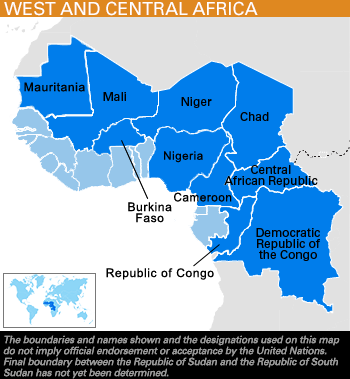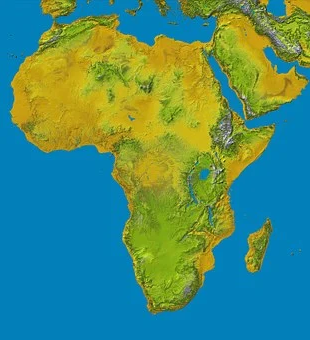Central Africa PFM digital transparency recent trends

Introduction
Transparency of public finances is a key element of a public financial management (PFM) system enabling public scrutiny of government actions and intentions. From our September 2020 “Improving PFM digital transparency in African finance ministries” presentation we now examine recent trends in Central Africa PFM from a digital transparency perspective by presenting data for seven Central African countries that was identified during our examination of 45 African ministries of finance (MoFs) current use of digital platforms to promote PFM transparency.
PFM transparency is important
Transparency of public finances is achieved by providing information on PFM which is comprehensive, consistent, and accessible to users. The World Bank’s September 2020 report “Enhancing Government Effectiveness and Transparency – The Fight Against Corruption” (link to be provided) has highlighted the importance of ensuring greater transparency in government operations.
Identifying PFM digital transparency trends
The following statistics were prepared to help identify PFM digital transparency trends:
- Country internet usage
- MoF website visits during May/July 2020 and projected annualised visits for 2020
- Domestic and non-resident visits to MoF websites
- Country Facebook usage
- MoF Facebook page follower numbers
- Country Twitter usage
- MoF Twitter follower numbers
Penetration levels for MoF website users, Facebook and Twitter followers were subsequently identified to demonstrate the level of usage of these digital platforms and key recent PFM digital transparency trends.
Key trends
Trends in the key PFM digital transparency indicators for the seven Central African finance ministries with websites during the period May/July 2020 are available. These can be accessed by clicking on to the country links below:
A video showing Central African country PFM digital transparency trends for key PFM digital transparency indicators is available here.
An additional video showing comparative results on a PFM digital transparency indicator basis across Central African countries is available here.
Questions?
Please contact us at team@pfmconnect.com if you have any questions about this material.


 Small island developing states’ economic challenges
Small island developing states’ economic challenges